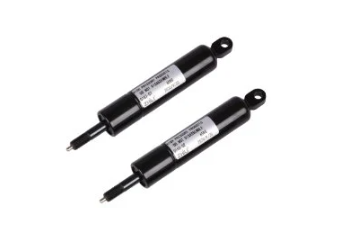If you are interested in our products ,please contact our team
A mechanical tool called an adjustable gas spring uses pressurized gas to deliver a regulated and programmable amount of force to lift and support items. A piston that glides up and down inside the pressurized gas-filled cylinder makes up the apparatus.
When items are closed, the adjustable locking gas spring's cushioning property prevents an impact, and the movement stroke of the adjustable force gas spring can be stopped anywhere.
This article will describe how adjustable gas springs function and their benefits and drawbacks.

An adjustable gas spring is a sort of mechanical device that applies controlled and adjustable amounts of force to support and lift things using compressed gas, typically nitrogen. A piston that glides up and down inside the pressurized gas-filled cylinder makes up the gas spring.
The gas inside the cylinder compresses when a force is supplied to the piston, creating an opposing force. The area of the piston and the quantity of gas compression determine how much force is produced by the gas spring.
With adjustable gas springs, the user can regulate the volume of gas inside the cylinder, which in turn regulates how much force the spring produces. Usually, a valve or other device is used to modify the volume of gas inside the cylinder.
The valve enables the user to add or remove gas from the cylinder, altering the gas's compression and, consequently, the force the spring produces. The user can precisely tailor the force produced by the gas spring to meet their unique needs by altering the volume of gas in the cylinder.
Overall, adjustable gas springs are a flexible and practical tool for a variety of applications, from office chairs and ergonomic furniture to automotive and industrial gear.
By altering the volume of gas inside the cylinder with the help of a valve or other mechanism, an adjustable gas spring may regulate the amount of force it produces.
Contact us for your adjustable gas spring and more information.